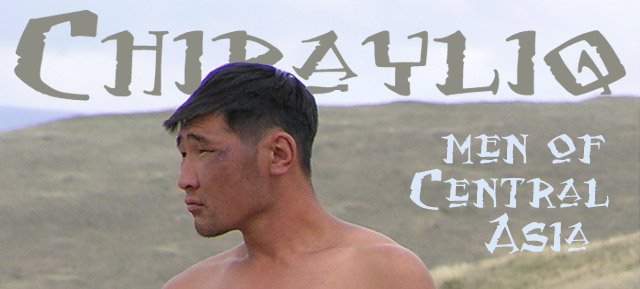On July 11, 1921, Mongolia was declared independent after the victories of a Mongol revolutionary army led by Damdin Sükhbaatar and supported by the Soviet Red Army. They defeated a White army led by Baron Ungern-Sternberg (with his own motives in conflict with other White Russian leaders - a fantastic story worth it's own post one day!) and the Chinese occupants of Outer Mongolia.
 Sükhbaatar and Choibalsan, revolutionary leaders. Sükhbaatar was a popular military leader. He died less than a year after the declaration of independence, an event surrounded by rumours. Choibalsan went on to lead Stalin-style purges, first among the Mongol monarchists and Buddhist leaders, later within the Communist party itself.
Sükhbaatar and Choibalsan, revolutionary leaders. Sükhbaatar was a popular military leader. He died less than a year after the declaration of independence, an event surrounded by rumours. Choibalsan went on to lead Stalin-style purges, first among the Mongol monarchists and Buddhist leaders, later within the Communist party itself.But that was not the first or only occasion in the 20th century that Mongolia's independence was declared. In December 29, 1911, the Khalkhas of Outer Mongolia declared their independence from the Qing Dynasty. They installed a lama of a high lineage as the Bögd Khaan, and thus the first independent Mongolian state of the 20th century became a theocracy. This state was later occupied by the newly established Republic of China. The second declaration of independence in 1921 led to the establishment of the Mongolian People's Republic under strong Soviet influence in 1924.
Squeezed in between two great powers, Mongolia has had a difficult task of balancing between outer pressure and inner power struggles. In 1990, a peaceful revolution led by young people and students eventually caused the single-party system to crumble. (Interestingly, even Wikipedia mentions the "thousand-year parliamentary tradition" of Mongolia!)
 Protestors in Sükhbaatar square, among them Sanjaasürengiin Zorig, one of the student leaders, who became a notable progressive politician and was mysteriously murdered in 1998.
Protestors in Sükhbaatar square, among them Sanjaasürengiin Zorig, one of the student leaders, who became a notable progressive politician and was mysteriously murdered in 1998.So much for the strange and violent 20th century! Now let's relax with Börte, a wonderful band that plays traditional instruments and invents new melodies on a grand scale, take us through some ancient elements of Mongolian history in this beautiful composition "Gobi".




No comments:
Post a Comment